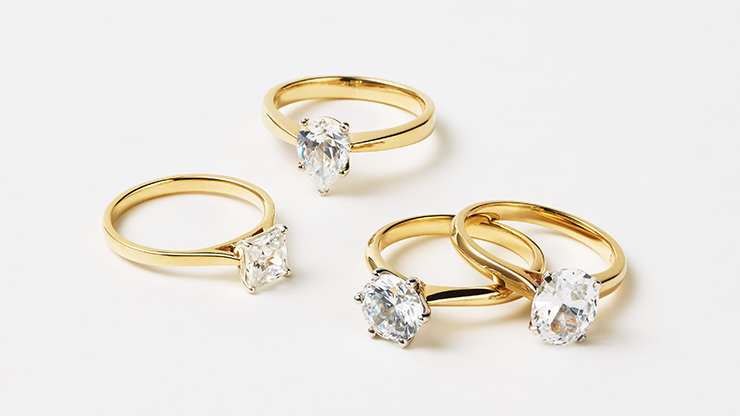Introduction to Lab Grown Diamonds
Lab grown diamonds are revolutionizing the jewelry industry, offering a sustainable and ethical alternative to traditional mined diamonds. These diamonds are created in controlled laboratory environments that mimic the natural diamond-growing conditions found deep within the Earth’s crust. They possess the same chemical composition, crystal structure, and physical properties as natural diamonds, making them visually and chemically identical.
How Lab Grown Diamonds are Created
Lab grown diamonds are manufactured using advanced technological processes. There are two primary methods: High Pressure-High Temperature (HPHT) and Chemical Vapor Deposition (CVD). The HPHT method involves subjecting a diamond seed to high pressure and temperature conditions, while CVD involves depositing carbon atoms onto a substrate in a vacuum chamber lab grown diamonds nz. Both methods ensure precise control over diamond growth and quality, followed by rigorous quality control measures and certification.
Comparison Between Lab Grown and Mined Diamonds
When comparing lab grown diamonds to mined diamonds, several factors come into play. In terms of quality and characteristics, lab grown diamonds exhibit identical physical properties to mined diamonds. They are graded using the same standards for cut, clarity, color, and carat weight. Additionally, lab grown diamonds have a significantly lower environmental impact, as they require minimal mining and reduce carbon footprint compared to traditional mining practices. Ethically, they are conflict-free and do not contribute to issues related to labor or human rights abuses often associated with diamond mining.
Market and Consumer Trends in New Zealand
In New Zealand, the adoption of lab grown diamonds is gaining traction among environmentally conscious consumers. The perception of lab grown diamonds as sustainable and ethically sourced resonates well with the local market. While traditionally mined diamonds still dominate the high-end jewelry sector, lab grown diamonds are becoming increasingly available through reputable jewelers and online retailers. They offer a more affordable option without compromising on quality or brilliance, appealing to a broader demographic of consumers.
Advantages of Choosing Lab Grown Diamonds
The advantages of choosing lab grown diamonds extend beyond environmental and ethical considerations. They are competitively priced compared to mined diamonds, making luxury jewelry more accessible to a wider audience. Customization options are abundant, allowing consumers to select diamonds based on specific preferences for size, shape, and color. Moreover, the consistent quality and availability of lab grown diamonds ensure that consumers receive a durable and beautiful gemstone backed by scientific innovation.
Common Myths and Misconceptions
Despite their benefits, lab grown diamonds face several myths and misconceptions. Concerns about their quality and durability are often unfounded, as lab grown diamonds undergo rigorous testing and certification processes. They possess the same hardness and brilliance as natural diamonds, offering long-term value and durability comparable to mined diamonds. The perception that lab grown diamonds lack resale value or cultural significance is evolving as more consumers recognize their intrinsic value and ethical advantages.
Future Prospects of Lab Grown Diamonds
Looking ahead, the future of lab grown diamonds is promising with ongoing technological advancements and research initiatives. Innovations in diamond-growing techniques continue to enhance the efficiency and scalability of production, driving down costs and expanding market opportunities. As consumer awareness grows and preferences shift towards sustainable and responsibly sourced products, lab grown diamonds are poised to play a pivotal role in shaping the future of the diamond industry worldwide.
Lab diamonds, also known as synthetic diamonds or cultured diamonds, are created through advanced technological processes that replicate the natural conditions under which diamonds form in the Earth’s crust.
Conclusion
In conclusion, lab grown diamonds represent a paradigm shift in the jewelry industry, offering a sustainable, ethical, and high-quality alternative to traditional mined diamonds. Their emergence in markets like New Zealand reflects changing consumer values towards environmental stewardship and social responsibility. As technological innovations propel the growth and acceptance of lab grown diamonds, they are set to redefine standards of luxury and elegance in jewelry craftsmanship. Choosing lab grown diamonds not only ensures a beautiful and enduring gem but also contributes to a more sustainable future for generations to come.




